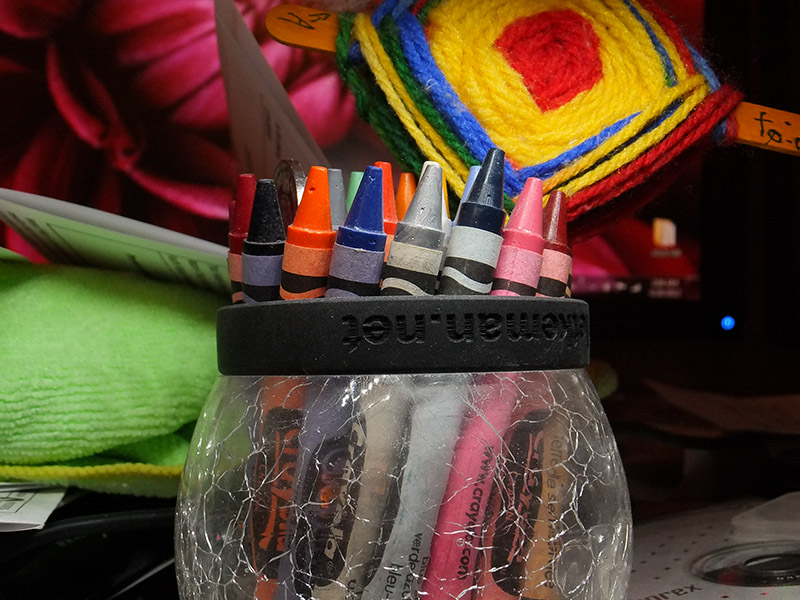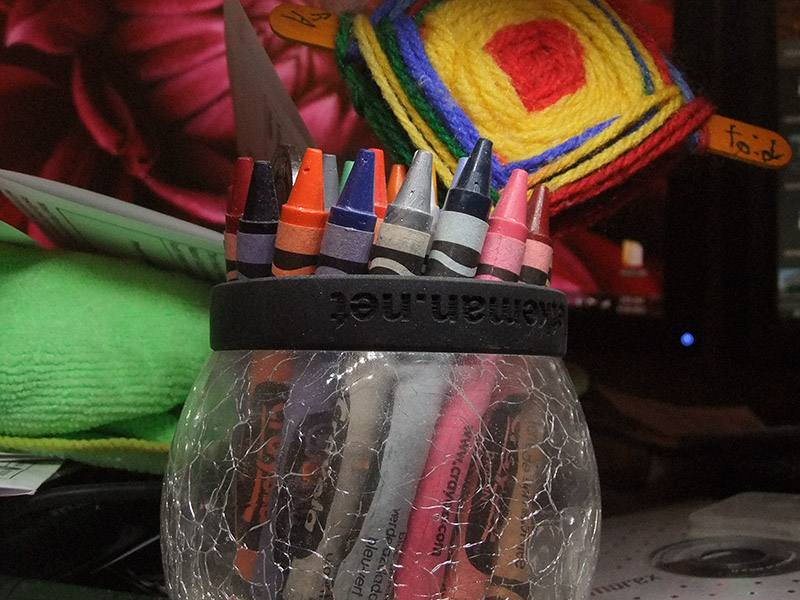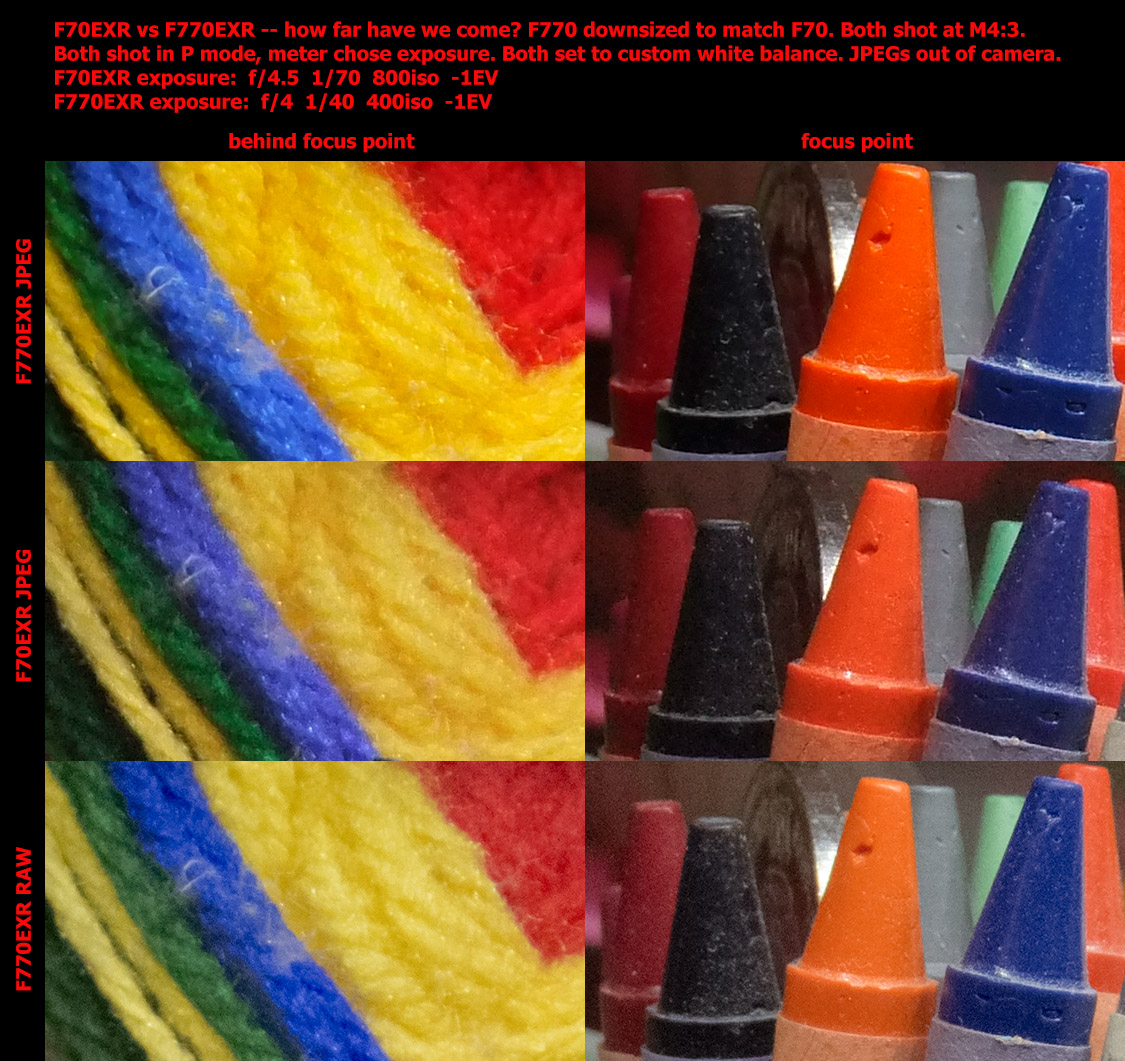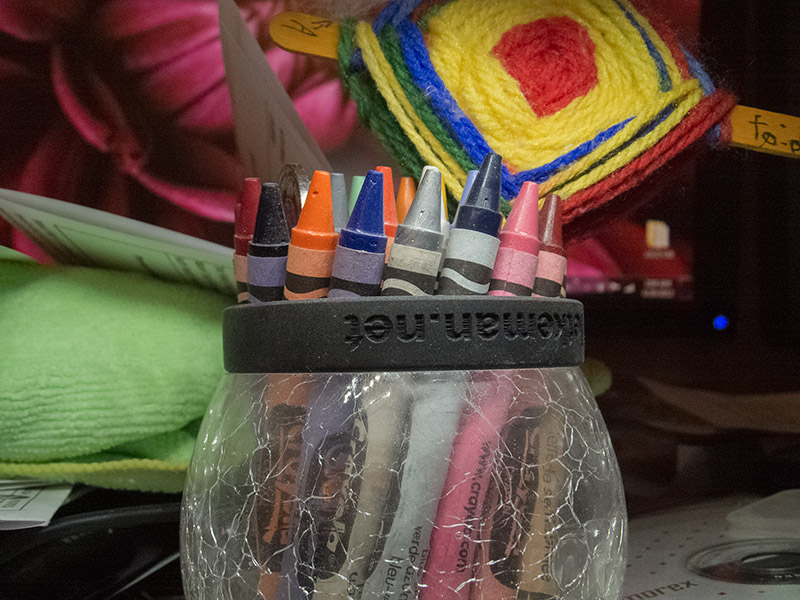The F70EXR was the long zoom that started this family. The F200EXR was, of course, the first EXR camera, but it’s sensor died on the vine, something that continues to be lamented by many.
The F70’s passing is also lamented since the 1/2” sensor it debuted at 10Mp was changed in the very next camera (F80EXR) to 12Mp and then two cameras later (F550EXR) to 16Mp. The F70 is lamented because it clearly had better image quality at high ISO than the F80 and the F300, the F80’s successor and the F550’s predecessor.
But with the F550EXR came RAW shooting. And the F770 has that too. So let’s compare the first and the latest and see how far this 1/2” sensor has come.
I am going to give the F70EXR the benefit here by downsizing the F770 to match. The difference in resolution is too much in my opinion for the F70 to stand a chance at higher resolutions. And let’s face it, the 5Mp at M size makes a decent 8x10 without any effort, so most people would be more than satisfied with that resolution.
So … the first image. F770EXR in JPEG with custom white balance under that aeful blue LED desk lamp I’ve been using lately.
 f770EXR JPEG 400iso f/4 1/40 -1ev
f770EXR JPEG 400iso f/4 1/40 -1ev
Frankly, I think that’s kind of excellent, especially when you consider the awful light. The F770 has really nailed the colors, although there is a tendency in Fuji land to spike reds up to dark orange as has been noted by others.
A note on exposures. Each camera was allowed to choose its own exposure. The F770 chose 400 ISO while the F70 chose 800 ISO. This probably reflects quite accurately their relative stabilization abilities.
Now the F70EXR JPEG.
 f70exr JPEG 800iso f/4.5 1/70 -1ev
f70exr JPEG 800iso f/4.5 1/70 -1ev
Note also that the aperture is slower. The F770EXR has the same range as the F550, which is f/3.5 going up to f/6 and then dropping to f/5.3 at the longest focal length. The F70 is similar, but because it ends at a much shorter 280mm (from the 500mm of the F770) it moves up earlier relatively speaking.
The firs thing you notice about the image is that Fuji had much less saturation on Provia at that time. This is actually a more realistic rendering of the colors on the subject, but it is not as punchy, and we know that consumers demand punchy images.
The F80EXR had much punchier images. The F300 tamed that a bit, and the F550 and F770 have struck a great balance in my opinion.
And finally … the RAF image.
This is even less saturated than the F70 image, by intent. I like to tame the colors and tones and I love to open shadows. This represents a pretty accurate rendering of the scene, which sits about a foot from my face as I type this. (Seriously.)
But wait … there’s more. The crops from all three …
 click an image to see full size
click an image to see full size
The RAF version does show more fine, low-contrast details. I also prefer its red center of the wool thingy. But the punchiness of the JPEG is seductive. For general use I think it looks just great. And the F70 holds its own as well. Very nice for 800 ISO.
conclusion
So have we come far at all? These three images are slightly different takes on the same scene and there is nothing really wrong with any of them. And it is an axiom that any camera can shoot a web image decently. (That’s not actually true, as some brands still suck badly at high ISO. But most can handle ISO 400 and even ISO 800 these days.)
I would say that, for simplistic web shooting the F70 is more than enough camera for anyone. But I like the RAW abilities in the F550 and the F770’s reach is magnificent. It’s long telephoto macro is superb for flower shooting. So I would go F770 for an enthusiast who doesn’t mind exploring RAW processing. Lightroom is cheap and support is coming (and is here if you try the trick – http://kimletkeman.blogspot.ca/2012/04/automated-raf-exif-hack-for-those-who.html -- hint: also check the comments.)
